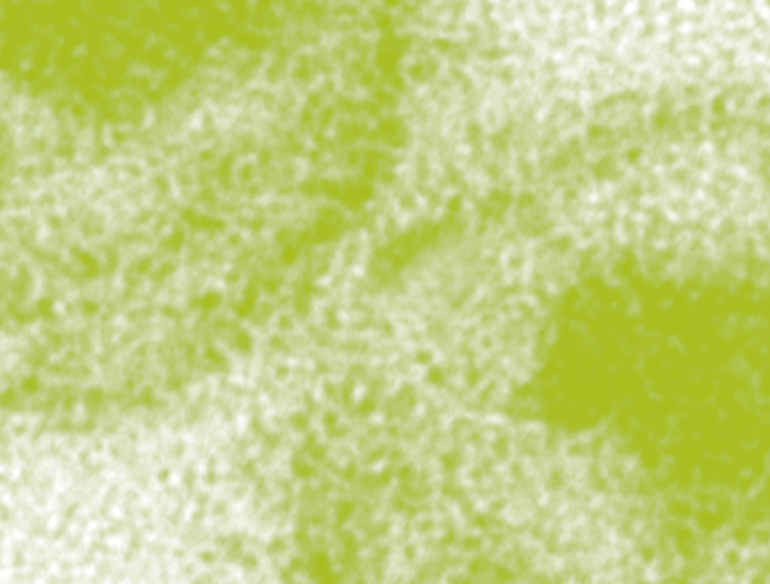- This report publishes for the first time details on all confirmed cases of occupationally acquired HIV infection in Australia. The cases occurred between May 1990 and September 1994 and involved four health care workers (HCWs) and one prison officer. For all cases, information additional to that collected through routine surveillance for newly diagnosed HIV infection was sought from the treating doctor.
- All cases resulted from percutaneous exposure to blood via a hollow bore needle. Post exposure antiretroviral therapy was administered in two cases. All four HCWs knew the HIV status of the patient whose blood was the source of infection, at the time of exposure.
- The National Zidovudine Registry (NZR) was established in 1987 to monitor zidovudine treatment in people with AIDS or AIDS-related complex. In 1989, zidovudine became more widely available for treatment of HIV disease and doctors were no longer required to register their patients with the NZR as a condition of prescribing. National monitoring of zidovudine prescription was re-established in 1991, as a component of national HIV surveillance.
- Over the five year interval 1987 – 1991, the annual number of zidovudine enrolments increased, and the pattern of disease stage at enrolment changed from predominantly AIDS in 1987 to asymptomatic HIV disease in 1991. The annual number of zidovudine enrolments declined over the subsequent three year interval 1991 – 1993.
The Australian HIV Surveillance Report has been published on a quarterly basis from July 1990. Reports published from January 1994 are available below. Each report includes article(s) on topics of general interest in the epidemiology of HIV and related infections updates on the number of cases of newly diagnosed HIV infection and AIDS in Australia estimates of HIV incidence and prevalence among people seen through a network of sexual health clinics in Australia.
The Australian HIV Surveillance Update provides a brief summary of HIV and AIDS diagnoses in the most recent quarter, the most recent year and cumulative counts. The Australian HIV Surveillance Update was published separately prior to the July 2000 issue of the Australian HIV Surveillance Report. Updates post April 2000 are included in the Australian HIV Surveilance Report.
